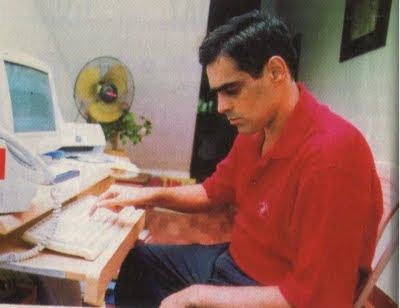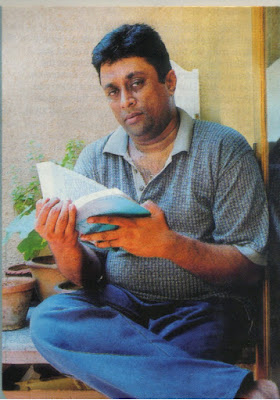
In-House Doctor – An Interview with Geeta Rajagopal
“I have made the spaces I have worked on, very ‘un-Feng Shui’, in the sense, the changes are very discreet.” says Geeta, and this reflects in her home too. I expected to see an excess of the customary red-tasselled ‘Feng Shui-ware’ but was pleasantly surprised to find a harmonious living space that has, among many things, a collection of Ganeshas, a console with family photos aplenty, and many paintings by the lady herself! It’s easy to see, that she puts her clients at ease within minutes, as does her home. They say, a person’s home provides an insight into the person. I found it true in Geeta’s case.
So, how did she get started? An incident at Prague converted Geeta into a believer and then a practitioner of Feng Shui. “A bolt of lightning struck the beautiful house we lived in. As the house owner was carrying out extensive repairs on the house, we shifted to a different house. From the time we began to live in the new place, things started going wrong. One of my friends who practised Feng Shui offered to look around the house and finally told us that this house was bad for us. It had been hardly 3 months since we moved to this place but she insisted we move again, also accompanying me for house-hunting trips. We finally shifted to yet another place (approved by her) and found that everything in our life was back to normal again. This got me started on Feng Shui. Also, in Prague, one cannot just practice, there are courses to be done, and one has to work for a while on mock projects before finally getting an opportunity to practice.”
Geeta has been practising ever since she came to India, five years ago. She speaks of her experiences where her clients have benefited from her advice. She has BPOs who won’t move a chair until she approves the move! But there are also some rare occasions, when she has had to request a client to move out of a house. She adds, “I also get calls from time to time saying I’m the last resort to a terminally ill person. I’ve had to tell them, that I am sadly helpless in this regard as I cannot heal people.”
So, how does a Feng Shui consultant work? “The client sets an appointment with me, I go across to their house and after interacting with them for a while, I assess the space. I then suggest changes in position of certain objects and also the addition or removal of certain objects. Some clients call me with a feedback and some give me a feedback in their own way, by recommending me to their friends.”
One final word of advice from Geeta on the Feng Shui merchandise available in the market today, “Everything has its purpose, but it is imperative, that you must be fully aware of what it’s for. If one of these items is placed in the wrong place, it can do more harm than good. It’s like taking a medicine without knowing if it will help you or not.”
Finally, what sets Geeta apart is her innate interest in people and spaces, as well as the interplay between the two.












